There are times when bench press training can feel like an exercise in futility.
I’m definitely not the best bench presser to ever walk the face of the Earth. While my squat and deadlift were always quick to go up, I always struggled with the bench press.
With that being said, I’m constantly reminded of a quote from Brad Gillingham. While I may mix up the numbers, the gist of the quote stays the same:
“If you start with a 200-pound bench press at the age of 20, if you only increase your bench press by 10 pounds every year, you’ll be a 400-pound bench presser by the time you’re 40.”
That little quote has always kept me motivated to keep pressing.
But as we get older, injuries start to creep up. It could be sore and achy joints, or the occasional muscle pull. But if we want to get that consistent 10 pounds every year, then staying healthy is key.
If our goal is to stay healthy and bench press heavyweights for extended periods of time, they are three key areas of the body that we must focus on. Those three areas are:
#1 – The thoracic spine
#2 – The scapula
#3 – The rotator cuff
Let’s examine how efficient training of each of these areas can not only keep you healthy, but keep your numbers going up for years to come.
The thoracic spine
The thoracic spine may still be one of the most misunderstood areas of the human body. As powerlifters, we’re taught to rely on the strong muscle of our lower back. However, if our goal is to not only maximize performance, but to minimize injury, we must improve the extensibility of our thoracic spine.
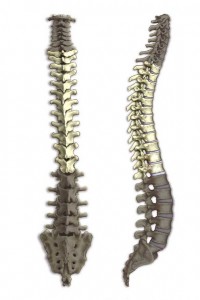
If you watch any elite level bench presser, chances are they have a high degree of thoracic extension, which leads to a solid setup and big arch. If you’re forced to get all your extension from your lumbar spine, you’ll not only lose some of your arch but you’ll probably suffer from low back pain as well!
The easiest way to improve thoracic extension is to drive thoracic extension on either a piece of PVC pipe, or a foam roller. The exercise is simple: lay the pipe or roller perpendicular to your body around the area of your mid back. Once set up, place your fingertips behind your head and pull your elbows together in front of your face.
Gently brace your stomach, and slowly wrap your upper back around the roller or pipe. Hold for 5 to 10 seconds, and then slowly work the roller up and down your upper back.
This exercise is effective whether it’s used pre-workout, post-workout, or simply throughout the day to loosen up your upper back. Not only will better thoracic extension spare your lumbar spine, but it will also improve your upper extremity biomechanics as well. This simple tip could be the difference between a healthy body and jacked up shoulders or elbows.
The Upper Back
Once thoracic extension is in place, it’s now time to lay the foundation for a big bench press. In this case, a thick and stable upper back will allow you to maximize your bench press poundage’s.
The key, however, is not only maintaining stability through your upper back, but to build strength and mass as well.
When setting up to bench press, the name of the game is stability. The upper back is crucially important, and we need stability in both scapular retraction (pulling the shoulder blades together), as well as scapular depression (pulling the shoulder blades down).
Basic stabilization exercises such as prone I’s, prone T’s, and prone Y’s may not look like much at first blush. However, these exercises focus on recruiting the appropriate musculature to stabilize our scapula. Far too often, we’re forced to use big, prime mover muscle groups to not only produce motion, but prevent it as well.
Instead, our goal should be to strengthen our stabilizers so they are on par with our prime movers. When we do this, we allow our prime movers to do the job they’re best at – move heavy weights!
Once we build the basic stability with low-level activation and recruitment exercises, it’s time to really focus on strength and muscle mass throughout the upper back.
We know that big, compound movements are ideal when it comes to building muscle mass. However, we need to develop strength both in horizontal pulling movements, as well as vertical pulling movements.
Exercises such as chest supported rows, dumbbell rows, and low cable rows are fantastic for building width through the upper back, as well as strength and stability in scapular retraction.
When rowing, think about pulling through your elbows, and squeezing your shoulder blades together. Dorian Yates used to say that if you can’t hold the midpoint contraction for a second or more, you are simply using momentum to lift the weight. This couldn’t be truer in our case, as a maximal bench-press often lasts anywhere between five and 10 seconds. You need that maximal contraction.
Instead of massaging your ego with ridiculous poundage’s, make sure to use the appropriate muscles, and really focus on squeezing at the midpoint of each repetition.
In contrast, chin-up and pull-up variations are ideal for not only training scapular depression, but also for building our lats. The lats are critical for controlling the weight, as we will use to help actively pull the bar down to our chest when bench pressing. This “active” pulling helps maintain our stability and control on the negative portion of the lift.
Much like the row, we still need to focus on pulling through the elbows to initiate the contraction on vertical pulls. However, at the bottom, instead of pulling the shoulder blades together, we should be focused on actively pulling them downwards. Pavel describes this as pulling your shoulder blades into your back pocket. This is the essence of scapular depression, and it’s something that many trainees often struggle with.
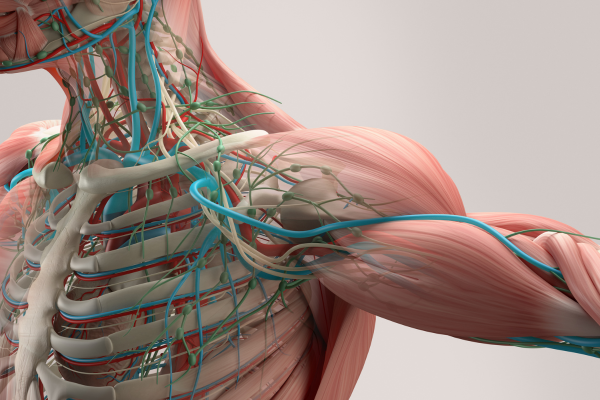
The Rotator Cuff
The rotator cuff is the final piece of our puzzle. While many of us know that the rotator cuff is important, far too often rotator cuff training is quickly forgotten. Rather than taking a few extra minutes at the end of a session to train the rotator cuff, we leave it as an afterthought and figure we’ll get to it the next work out.
Exercises that emphasize the pecs and lats strengthen the internal rotators of the shoulder. To help maintain muscular and structural balance at the shoulder joint, we need to incorporate external rotation work in our programs.
Standrard exercises such as external rotations on the knee, or side-lying external rotations can get us started. However, I also like bigger bang exercises such as face pulls where we not only train external rotation of the shoulder, but we also get some upper back strength/stability as well.
Bringing it all together
One of the best times to get healthy and lay a better foundation is the off-season. Here are some simple tips to help regain structural balance, and put you in an optimal position to start training for your next meet or competition.
First and foremost, start your upper body workouts with a heavy pulling movement first. If you’re used to always pressing first, leading off with a pull-up or rowing variation will allow you to get more out of these exercises. You won’t be as fatigued as you normally are, and you’ll be surprised at how much more energy you have to train these lifts. With my powerlifters, we’ll often do this for the first 2-3 months of their off-season just to make sure we’re putting an emphasis on upper back strength and stability.
Along those same lines, the off-season is an ideal time to place an emphasis on all the little guys such as our rotator cuff, our scapular stabilizers, etc. Remember, the little guys are important for stabilizing the joint, and allowing the prime movers to do what they do best – move heavy weights. If we don’t bring our stabilizers up to par, we’re never going to see improvements in our primary lifts.
Summary
Whether your goal is to set a PR in your next powerlifting meet, or just be the biggest bench presser in your gym, the tips above can help take you to the next level.
Take a few weeks (or months) and build them into your next training cycle. I promise, you won’t be disappointed with the results.
About the Author
Mike Robertson has helped clients and athlete from all walks of life achieve their strength, physique and performance related goals. Mike received his Masters Degree in Sports Biomechanics from the world-renowned Human Performance Lab at Ball State University.
Mike is the president of Robertson Training Systems, where you can find tons of free blogs, podcasts, and even register for Mike’s free newsletter.
Mike is also the co-owner of Indianapolis Fitness and Sports Training, which was recently named one of America’s Top Ten Gyms.

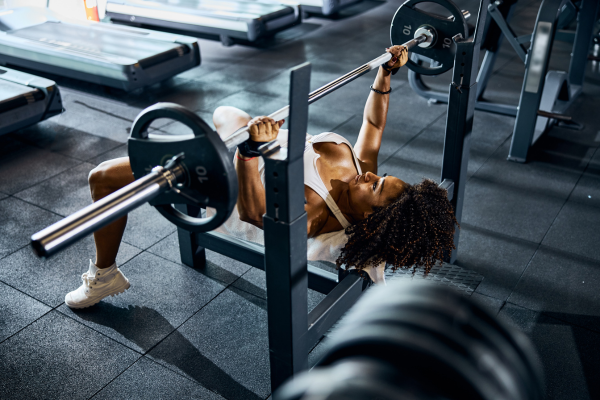
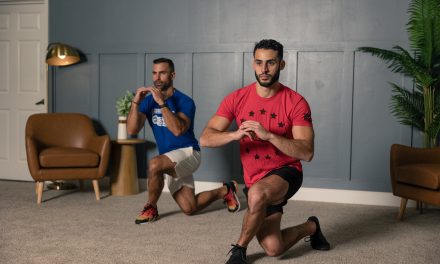
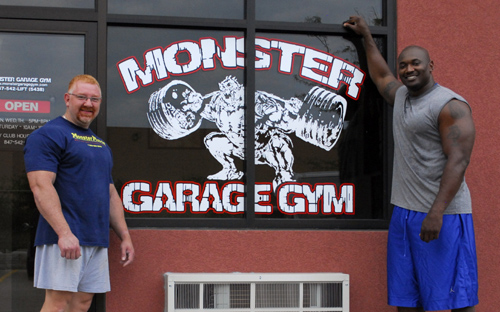
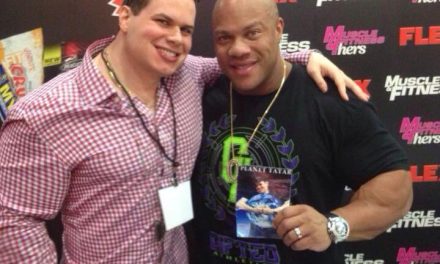
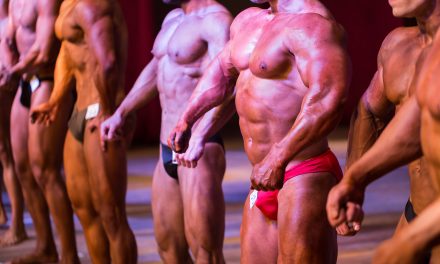




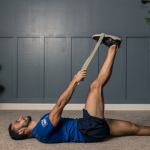




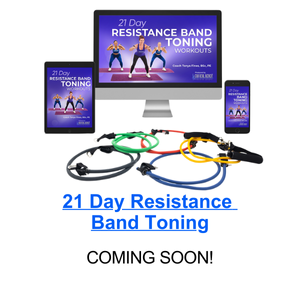





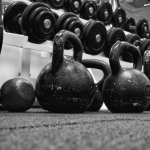
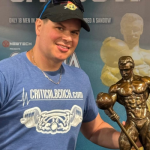
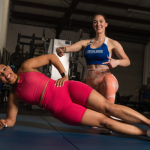
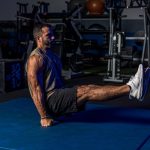
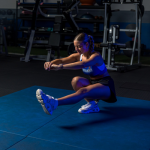



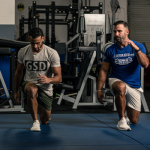

I’ve been doing all these exercise in my routine as of recently. I’ve been having some nagging shoulder pain and the prone I, T and Y have been helping. So true don’t forget about the rotator cuff muscles. You don’t see many people taking the time to do them. I need to add the thoracic Extensions to my routine though. On a side note I just picked up a copy of Mike Robertson’s DVD Magnificent Mobility…definitely worth the investment if you ask me. Westy
That rotator work is more important than can possibly be emphasized. And it’s rare to find it pointed out that it’s really the external rotation work that needs to be done to strengthen around those superior lateral tendons that take pressure and friction in benching. I like the exercise you show, though I usually do it standing either with a handle on an adjustable cable tower or by just grabbing the knob-end of an 8 lb dumbell. Always at least as slow as you go, usually slower. I’m wondering if you have a name for the exercise. I’d always called it the “Britney” since it looks like one of her favorite dance moves. (See, e.g., minute 2:30 of the “Circus” video on YouTube to see her working her external rotators: http://www.youtube.com/watch?v=G8ytM0rl_uU). I also like the reverse of that motion, which is an arm wrestle. To work that without a partner, I invented an exercise on the nautilus bicep curl machine where I stand in front of the machine facing it at a 45 degree angle, place my elbow on the arm pad, and arm wrestle the handle down in the track it would normally be curled. Of course, the old Marine Corps boot camp thing about holding light weights (like even your socks) out in front of you for long periods never hurts. On second thought, around 10 minutes it’s going to hurt like hell, but it’ll build some stability in the muscles around the rotator cuff. My (raw) bench went from 270 to 380 in about 4 months when I started incorporating this stuff a couple times a week. So it hope it helps some other people and can help prevent injuries.
I just incorporated pull-ups to my workout three months ago.And there’s has been immense power in my poundages.Moreso,i have uped my weigh to 325 pounds.Thanks Mike,you ‘re doing a great job.
all of the movements are great. but one of my keys to serious gains on the bench is pushing your self with negative reps at least twice a month. I’m 28 and bench pressing 555lbs for five raw.
Mike,
This is a great article and I see many of these things overlooked often, especially working the external rotators of the shoulders. I focus on external rotation exercises with all my athletes at least once a week. If your readers are interested in some more easy exercises; send them to http://www.varietytrainer.com and go to the articles section for the shoulder circuits. I hope this helps as well. Great work!
Your face pull video is totally incorrect. He’s doing nothing but an upright row there. His grip is BACKWARDS, as the hands should pronate. Look at the buckle the rope goes through, pull it to your EYES, with the elbows out to the side. The motion is like brushing flies off of both ears, with hands close to the head.
This involves the rotators. Done in 2 sets of 25 rep max, the lactic acid buildup from this heals and strengthens the rotator cuff and supporting ligaments. I went myself from pulling 10 lbs. to eventually 70, but weight is not important; it’s the burn. It released impingement in my right cuff so I can now raise my arm where I couldn’t raise it before any higher than my shoulder.
Hey guys, just wanted to thank Mike for throwing this post up! I hope you guys get something out of it!
Best of luck with your training
MR
Hi, I been working out at the gym the only bench press I have use is the bench press machines because I am 5’3” tall I can’t lift more then 50lbs. So how can I have a great abs? I been working out at the gym for one year and half I used to weight at 195lbs but now I weight at 165lbs. What should I weight flat my belly get the great abs. Do you think if I exercise will help me grow taller? Please let me know. P.s. Do you think girls will crawl all over me if I have the hot body?
I have tried all of your techniques and (unlike most supplements) they work.
I went from doing 225lb X 2 to 225lb X 9 in 1 month! I know that is not a lot but it is for me.
Thanks.
i have started to encorporate rotator bcuff exercises and i thin the one i do the most is with a dumbell i hold my arm in a 90degree bend and whilst holding that bend i lift my arm from my waist to over my head that i have been told works all the cuff 3in 1 exercise it was hard at first but i am steadily increasing the weight.i would like to knw f i am doing the right thing here thanks for all the advice
Here’s another article on rotator cuff training for anyone that is interested.
http://www.criticalbench.com/bench-press-blowout.htm
Thanks alot !!!!! Really enjoyed the article. You guys are doing a fantastics job thanks soo much !!!!
Great article. I was wondering something though.
I think most of you are familiar with the Dieselcrew’s great shoulder rehab routine vids and shoulder warm-up vids. They pretty much show the same exercises as pointed out here, but Jim advises to retract the shoulder blades on all exercises before executing it. I was wondering what Mike W. and Mike R. think about this? Necessary, unnecessary, better, worse?
Thanks
I love this article. I have had a terrible shoulder injury for a couple years now. the pain appears between the front and side deltoids on my left side. I have no idea what i’ve done to it or how to fix it but towards the end of the set (on bench) the shoulder will actually “drop” the weight and i end up doing the last few reps with the left pec doing ALL the work on its own on that side of the chest, while the right side blasts away. This has resulted in my left pec being slightly more developed than the right pec simply because of the shoulder being so “disabled”. Anyway, i just wanted to comment on a couple of the exercises presented here. I have been doing the Thoracic extensions for some time now plus practicing pulling my shoulders back and down. Sure at first it’s difficult but you can actually notice a BIG difference in the way it feels throughout each rep. It’s like you can sense improved stability and form and all of a sudden i am sore in places that weren’t getting worked properly before. I’m not sure when my shoulder injury will heal but these exercises will have to help im sure. In fact a Physiotherapist got me onto Thoracic Extensions a couple years ago to pull my shoulders back and straighten out the spine the way it should be. Thanx guys, keep up the good work here. and if anybody has any advice about my shoulder please feel free to swing me some info. Cheers.
Gary –
You really should check out this article. Pronating the grip on face pulls isn’t necessarily optimal if your goal is to develop the mid-back and external rotators of the shoulder.
http://robertsontrainingsystems.com/articles/Push-Ups%2C+Face+Pulls%2C+and+Shrugs
Best
MR
Thank you for the great article. I am still dealing with a shoulder injury that occurred over 3 years ago. Been through various rehab treatments but still have some pain when benching. Going to give the things mentioned in this article a try… particularly the exercises mentioned by Daniel since he seems to be having some good luck. Again thanks for the great information.
Awesome key points in the article!
From my personal perspective, i think the rotator cuff is the key element in benching for a long time. Just having shoulder surgery in March 2009 with a torn labrum, and a partially torn supraspinatus i now realize how important it is to keep these 4 rotator cuff muscles strong to control the head of the humerous in the correct path. You see, mine was not strong so over time my humerous kept shoving up into the labrum where it finally tore. I did not think i would ever flat bench again. but with some good rehab and strengthing of the rotator cuff muscles i have got myself back to benching and love it again..
Thanks